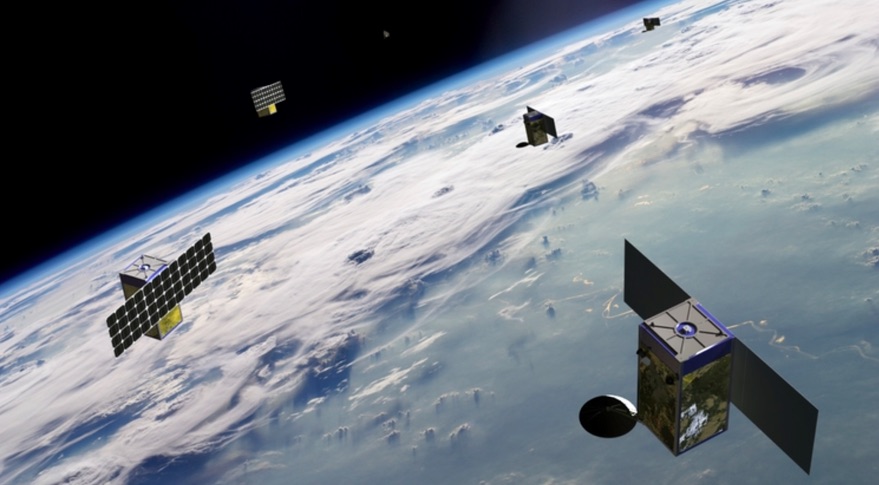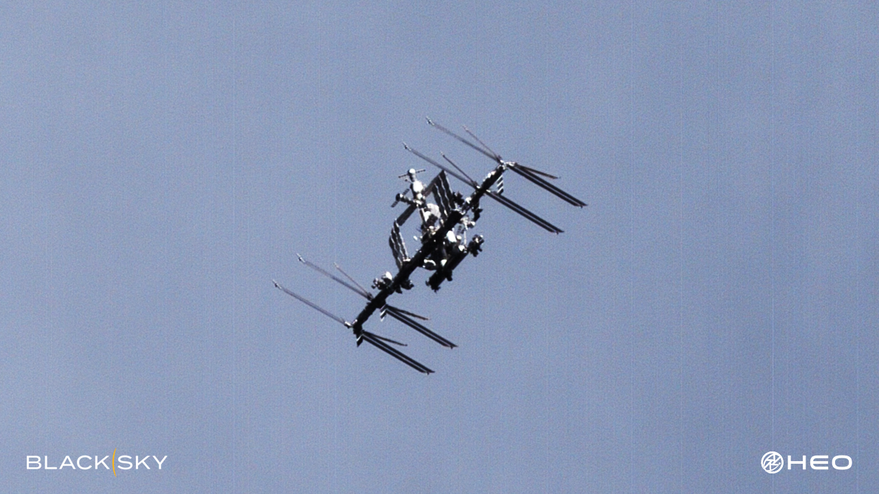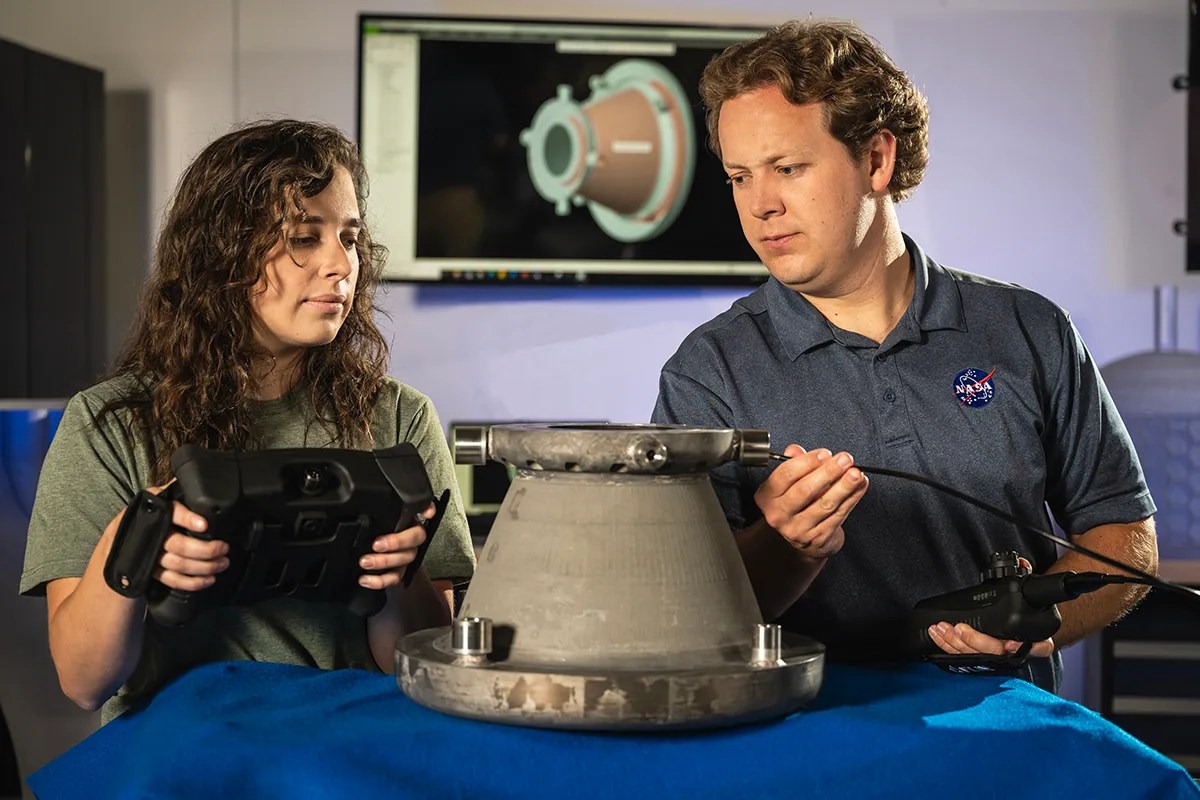A recent opinion piece in SpaceNews, How countries can increase their participation in the global space economy, highlighted six areas — leadership and collaboration, funding and revenue, regulatory frameworks, technology and infrastructure development, and fostering a culture of innovation — that can play a key role in a country or organization’s development, maturation and ultimately contribution to the global space economy. While the authors lay out a comprehensive and thoughtful overview highlighting how alignment, resources, strategy and innovation play a key role for emerging or growing spacefaring nations, I believe there needs to be consideration for the critical yet often underappreciated role of effective public relations and storytelling.
As a PR professional, I would add the following: A major component of securing governmental and public support for ambitious projects is a strong public relations campaign that can clearly and compellingly tell a story that can lead to financial and regulatory support while shaping public perception.
To be sure, there are challenges to this. In this field, technology alone is not enough. One of the biggest challenges communicators in the space industry face is how to stand out when everyone is operating at incredibly high technological levels. Often, the key, somewhat counter-intuitively, is not to lead with the tech, but rather with the human impact. Understandably space industry players want to lead with the tech, but reporters — and their readers — often want something more. What’s the emotion or back story that’s driving the technology?
Let’s take a deeper look at how PR can specifically address those six focus areas:
1. Leadership and collaboration: Effective storytelling helps align diverse stakeholders across government, industry and academia around a unified national space strategy. PR campaigns can elevate the profile of space initiatives and ensure leaders at all levels — from prime ministers to public agencies — understand and prioritize space as a strategic national asset. Compelling narratives around national pride and the potential societal benefits of space programs can help gain public and political support, driving collaboration across sectors.
2. Funding and revenue: Space ventures, characterized by long timeframes for returns on investment, need strong public support to justify governmental and private funding. Storytelling that communicates the tangible benefits of space activities — such as improved weather forecasting, better global connectivity or enhanced national security — can attract both public and private investment. Narratives that tie space exploration to economic growth can also help persuade investors and venture capitalists to finance high-risk, high-reward ventures.
3. Regulatory guardrails for growth: Regulatory environments that support innovation depend on collaboration between policymakers and the space industry. PR can help ensure that regulatory discussions are transparent, inclusive and responsive to industry needs. By highlighting successful case studies and lessons from other industries, PR efforts can advocate for regulatory agility and the need for frameworks that encourage entrepreneurship and competition in the space domain.
4. Technology and infrastructure development: As space infrastructure grows more complex, clear communication about its value becomes critical. Storytelling can educate the public and policymakers on how investments in space technologies, such as satellite systems or lunar exploration, benefit a country’s economy and technological leadership. By drawing attention to the cross-sectoral benefits of space-related technology — such as AI, data analytics, pharmaceuticals and advanced manufacturing — PR can help foster a broader understanding of how space drives innovation in other industries.
5. Academia, research and workforce development: Attracting talent to the space industry requires inspiring the next generation of engineers, scientists and business leaders. PR and storytelling are essential for creating excitement about careers in space and for promoting STEM education. By humanizing space exploration through stories of innovation, discovery and collaboration, the space industry can cultivate a robust workforce equipped to drive future space advancements.
6. Space-ready culture for innovation and business: A thriving space ecosystem requires a high-risk tolerance and a culture of innovation. PR helps shape a public narrative that celebrates risk-taking and entrepreneurial ventures, even in the face of failure. Storytelling that highlights the success of start-ups or large-scale international missions can inspire confidence and encourage other entrepreneurs to enter the space economy.
From my experience, just as the previous opinion article identified multiple pillars for success, a strong PR campaign is now, more than ever, a multimedia, multi-channel campaign of earned media, paid media and owned media. Influencers, video, thought leadership. Finding an audience, especially a targeted audience, requires going where they are and speaking in their language. And doing it consistently over time.
PR and effective storytelling are critical to amplifying the benefits of space activities across all six components of the ecosystem. They help foster collaboration, attract funding, build supportive regulatory frameworks, promote technological advancements and inspire the next generation of talent, all of which are necessary for a dynamic and sustainable space industry.
Finally I would note that this is a collaborative effort, not the work of one centralized PR effort. All parties need to bring their best communications efforts to the table. This is an example of a high tide lifting all boats, rather than a zero-sum game. It’s a great opportunity and challenge that the storytellers and communicators of the PR industry relish.
Rick Liebling is a vice president at VSC, a public relations agency that specializes in working with tech startups. His experience includes working with clients across a variety of industries and verticals, including space, AI, Web3, mobility, and sustainability and climate tech.



